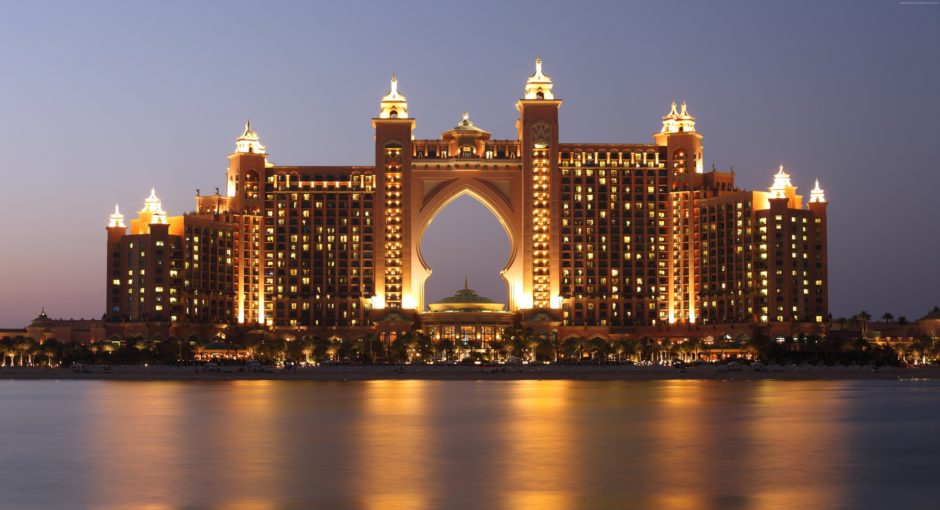Dubai is setting a global example in its determination to improve the use of renewable energy resources. To-date the United Arab Emirates (UAE) is among the world’s most carbon-intensive economies, particularly due to amount of electricity required for desalination and air conditioning.
However, the drop in the cost of solar power installations, has led to a tripling of its aim for renewable energy, targeting for a share of 15 percent of total power by 2030.
Meanwhile, Trina Solar, the world’s leading provider of PV products, applications, and services to promote global sustainable development, has started operations in a small city about 18 miles outside of Dubai. Nicknamed the ‘Sustainable City,’ the 11,000-acre site, which could eventually accommodate a population of around 2,000, acquires all of its energy necessities entirely from renewable resources. Trina Solar announced that it has already installed over 24,000 solar panels, completing the first phase of development.
Sustainable City CEO, Anwar Zagin, said in a statement that: “We are building up to our total goal of 40,000 solar panels, which will eventually produce up to 10 megawatts of power at maximum capacity.”
In another statement, regional president for Trina Solar, Helena Li, said that “solar power is expected to be a significant contributor to Dubai’s ambitions to become the world’s most sustainable city by 2020.”
Paris-based autonomous intergovernmental organization the International Energy Agency (IEA), estimates that since 2011, the price of utility-scale solar power projects have declined by about 60% and could drop another 25% by 2021. Investments in solar photovoltaics increased 20% last year, in response.
The IEA focuses on energy security, economic development, and environmental protection — especially mitigating climate change — with a wide-ranging role in endorsing alternate energy sources (including renewable energy), rational energy policies, and multinational energy technology co-operation. However, the organization has increasingly drawn criticism from environmental groups claiming, among other issues, that the IEA does not align with up-to-date climate science; does not adequately address the decarbonization required to reach agreed upon global climate limits; has had an institutional bias towards traditional energy sources; has been using “misleading data” to undermine the case for renewable energy, such as wind and solar; underplays the role of renewable energy technologies in favor of nuclear and fossil fuels; and deliberately downplays the risk of peak oil to placate the U.S.
While the UAE is not a member of the IEA, it is a member of the Organization of Petroleum Exporting Countries (OPEC). As of 2016, OPEC’s 14 member-countries accounted for around 44% of global oil production and 73% of global “proven” oil reserves, giving it a major influence on global oil prices that were previously determined by U.S.-dominated multinational oil companies. Its membership paints a very mixed picture for the UAE’s advancements in — and specified goals — for sustainable energy!
